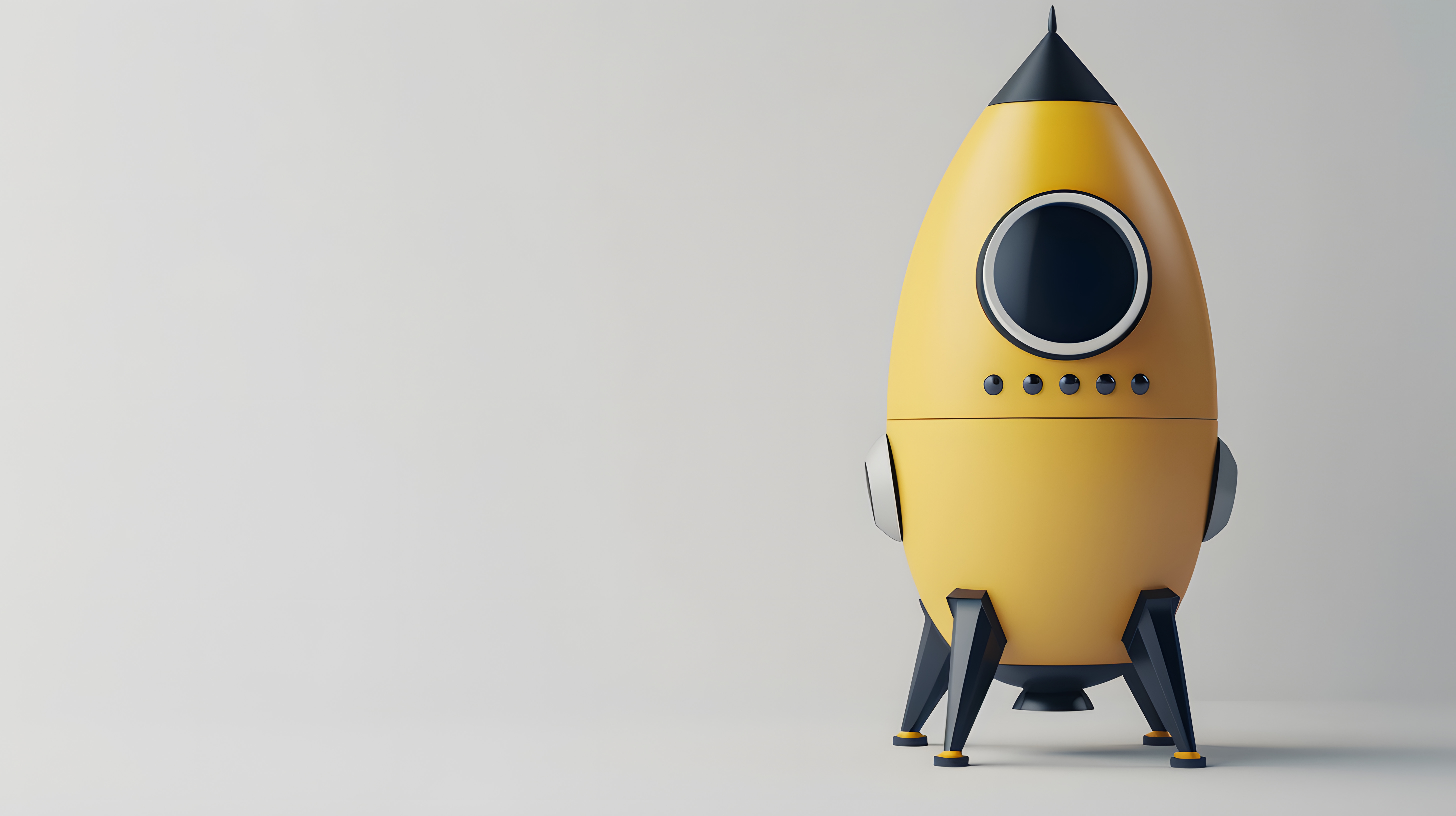
Innovation on repeat: my daughter’s summer lessons
This summer, I slowed down for a couple of weeks. Summer is family time, and that meant more long days with my three-year-old daughter. Two weeks full of surprising things. For me too. What surprised me most was how much she became my teacher. Watching her play, ask questions, and invent solutions with no instructions reminded me that creativity often thrives far from ready-made answers. At first, these improvised solutions look funny, like trying to stack blocks upside down or “fixing” a toy with a spoon. But they are, in fact, exercises in survival: learning to solve problems efficiently and effectively in ways we, as adults, have often forgotten.
Innovation is not just technology
We often reduce innovation to new technologies, apps, or business models. But innovation is, first of all, a deeply human negotiation with the pressures of constant change. As one thinker put it, “Innovation is not a solitary gesture, but a collective phenomenon. It is born from the conscious recognition of a need and is only fulfilled when adopted by a community, even the most traditional one.” That is why true innovation is not a whim. It is a shared responsibility: to accept compromises that keep the risks of change under control, even when the change looks small.
Children are innovators
Children remind us that innovation begins before rules are written. Their way of approaching the world is a laboratory of possibility. Jean Piaget, the great developmental psychologist, showed how children pass through stages of building knowledge by experimenting with objects, people, and symbols. Other thinkers highlighted how learning emerges from social interaction,another proof that innovation is never solitary, but shared. When a child insists that a cardboard box is a spaceship, or that a wooden spoon is a microphone, she is not being “silly.” She is practicing the art of recombination, one of the core mechanisms of creativity. I can see that every single day, creativity emerges from crossing boundaries and reusing familiar tools in unfamiliar ways. The typical patterns of a child, someone who, in theory, is programmed to evolve and survive, become for us a method of comparison: a mirror between the patterns we still apply and those we have gradually lost, while our convictions and biases have taken shape, pushing us to ignore the very drives that safeguard our survival and the integrity of our processes. But what does a child actually do when inventing something? They disregard real safety and instead rely on the perception of safety; they ignore the efficiency of the new game they create and focus instead on its capacity to involve others and make them play the same thing. When they draw, they weigh whether to be influenced by external factors, but ultimately trust their own sense of control over the process. They are not afraid of external judgment, and most of all, they do not fear being considered naïve in their creative process, as long as they have reached an outcome that holds value for themselves and others. These are precisely the patterns that, as adults, we so often try to correct.
Lessons for grown-ups
If we look closely, children’s games mirror what companies, societies, and even ecosystems do to adapt: experimentation without fear of failure. So try, fail, adjust. Start without any resources if necessary. Use what’s available, even if imperfect. Negotiate to convince others to play along with new rules. And last but not least, focus on collective adoption, because the new game only exists when others join in. These are the very same dynamics behind every social or technological breakthrough. We can just bring it back home and remind ourselves that innovation is not locked in research labs or boardrooms. It is alive in the kitchen when a family improvises dinner, in a playground when children reinvent rules of a game, and in every community that chooses to embrace a new practice. Innovation begins with curiosity and grows into responsibility, and only when a community accepts it, the change becomes sustainable. Watching children reminds us that our survival has always depended not only on what we invent, but also on how we agree to live with it together.